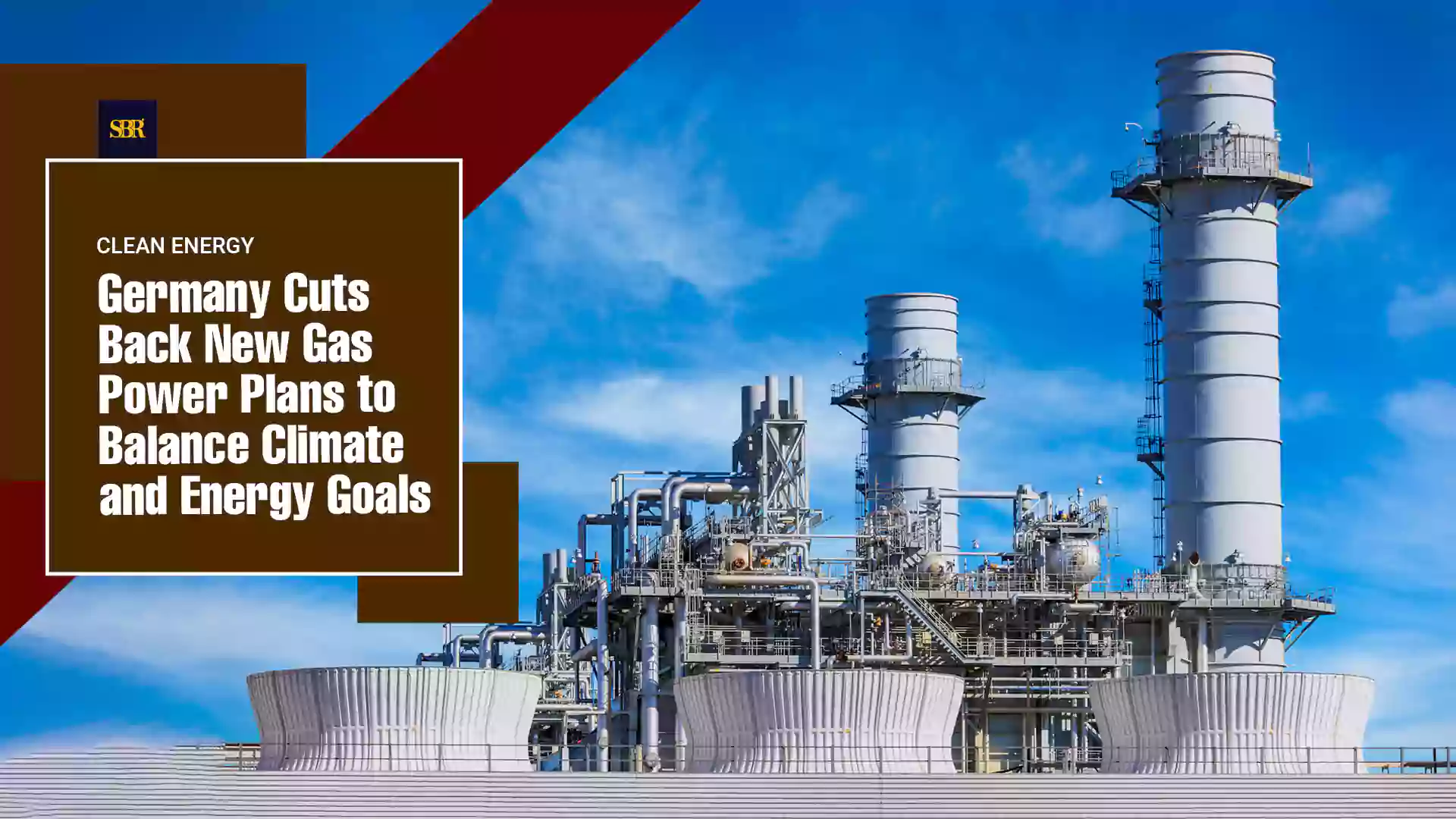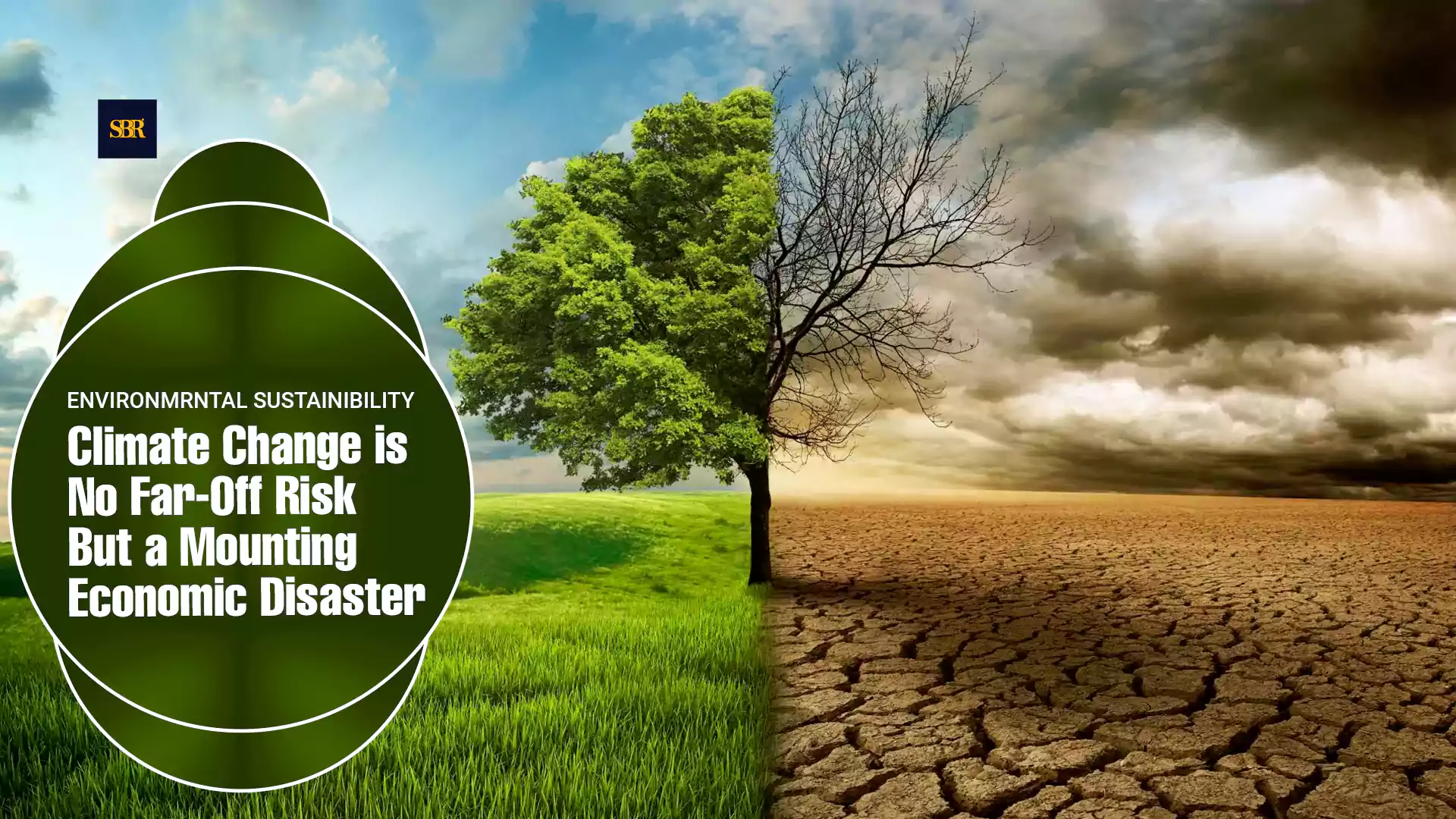Germany Cuts Back New Gas Power Plans to Balance Climate and Energy Goals
Berlin trims its gas power plans as it searches for a workable balance between energy security and decarbonisation.

(Photo: SBR)
BERLIN, Nov. 14, 2025 — Germany has decided to scale back its ambitions for new gas fired power generation after months of internal debate. Reuters reporting shows how the coalition weighed the need for reliable electricity against the country’s climate commitments. Officials had once considered building a larger fleet of gas units, but the government now plans to move ahead with a more restrained approach.
The move does not signal a retreat from gas. It places gas in a transitional role that supports the shift to cleaner energy. New plants will run mainly as backup during periods when wind and solar output drops. They will also need to be built with a clear path toward cleaner fuels, including future conversion to hydrogen or other low carbon options as they develop.
The adjustment reflects a political compromise. One side pushed for faster decarbonisation without adding more fossil infrastructure. The other warned that the grid needs dependable generation to keep industry competitive. The revised plan settles between these views and aims to give both sides enough clarity to move forward.
Why Scale Back Now
The decision becomes easier to understand when viewed in the context of Germany’s current energy system. With nuclear power already phased out and coal gradually declining the grid relies heavily on renewables that fluctuate with the weather. Gas units have long served as a stabilising force but expanding them too aggressively risked creating long term dependence on a fossil fuel that the country intends to move away from.
Building a smaller number of plants that are adaptable helps Germany limit that risk. It keeps some controllable capacity in the system without undermining climate objectives. It also signals to industry that the government recognises the need for stability while remaining committed to cutting emissions.
Reuters noted that industry groups have expressed concern about the commercial viability of gas plants that may be used only at certain times. Plants that operate infrequently need secure revenue in order to justify investment. Without well-structured support they may remain too costly to build and maintain. This tension sits at the centre of Germany’s new compromise.
What The New Direction Means for Germany’s Energy Future
Hydrogen Capability Requirement: Future tenders will call for plants that can be upgraded to run on hydrogen. This helps ensure that new assets will not become obsolete as the energy system evolves.
Carbon Neutral Target By 2045: Germany’s climate law sets the goal of carbon neutrality by 2045. Any new gas plants must be aligned with this trajectory and must not become stumbling blocks to long term decarbonisation.
Industry and Policy Response: Energy firms stress the need for predictable investment conditions. They want assurance that backup capacity will be financially viable even if used sparingly. Reuters reported that the European Commission has signalled comfort with Germany’s revised approach which reduces uncertainty for potential investors.
Why Backup Power Matters for Renewables
Germany’s rising share of renewable electricity is a major achievement but it comes with challenges. Wind and solar power do not provide steady output throughout the day or across seasons. When generation dips another source must fill the gap. Gas has historically filled that role and will continue to do so in the near term but the nature of that role is changing.
Instead of relying on large quantities of new gas capacity the government now favours a more flexible model. A smaller set of plants will provide stability when needed and will eventually shift to cleaner fuels. This approach avoids overbuilding fossil infrastructure while keeping the system reliable during the transition.
The success of this strategy depends on several factors that extend beyond the plants themselves. Germany needs strong investment in hydrogen production storage and transport. It also needs continued improvements in grid planning and renewable integration. These elements will determine whether the new gas units can successfully transition when the time comes.
For now, Germany is signalling a more cautious but still forward moving approach to the energy transition. It wants to maintain reliability for households and industries protect its climate targets and give itself room to adapt as technologies advance. The scaled back plan reflects the complexity of managing a modern energy system and the importance of compromise in shaping the path ahead.
Germany is searching for a balance that keeps the lights on while still pushing the energy system toward a cleaner horizon.
Inputs from Diana Chou
Editing by David Ryder







